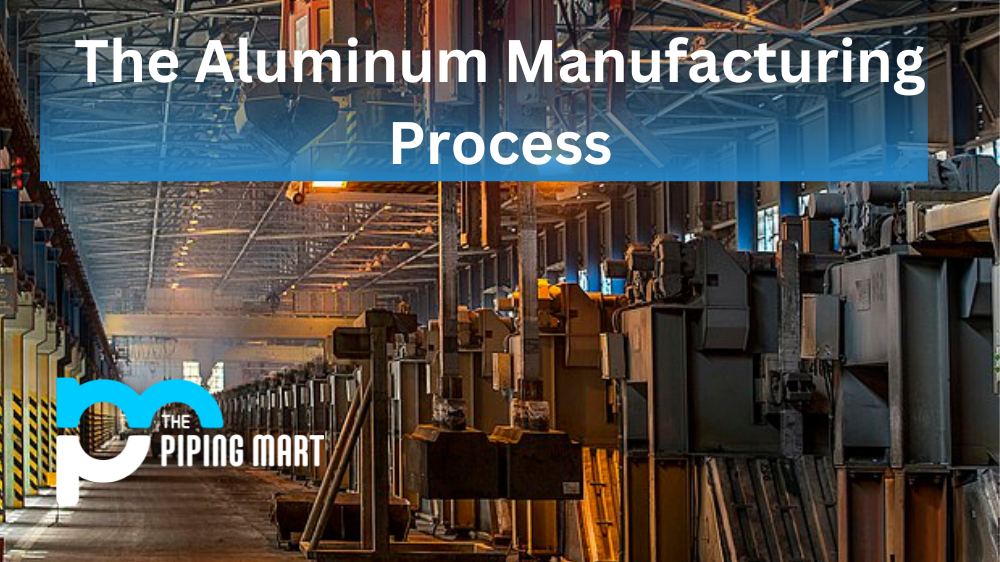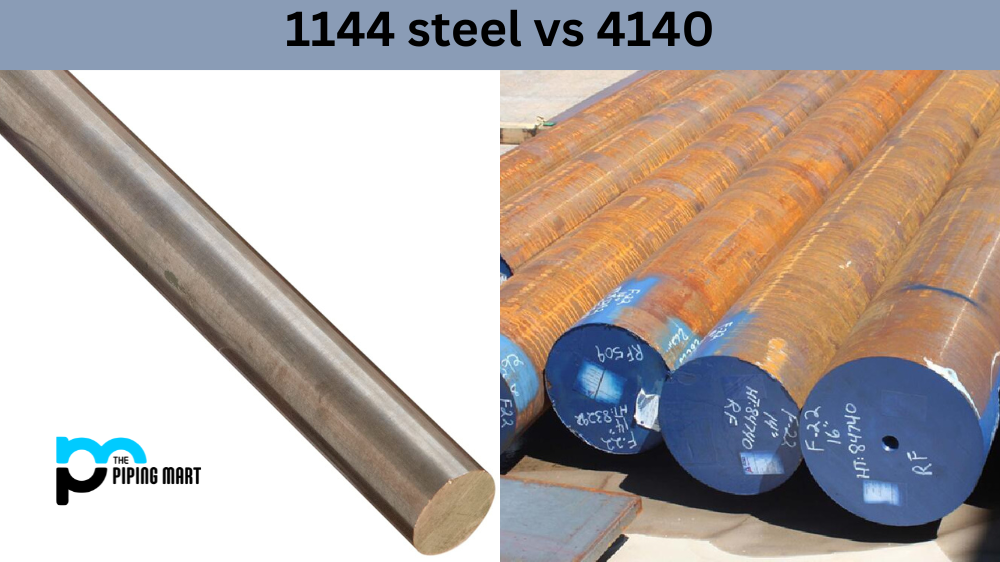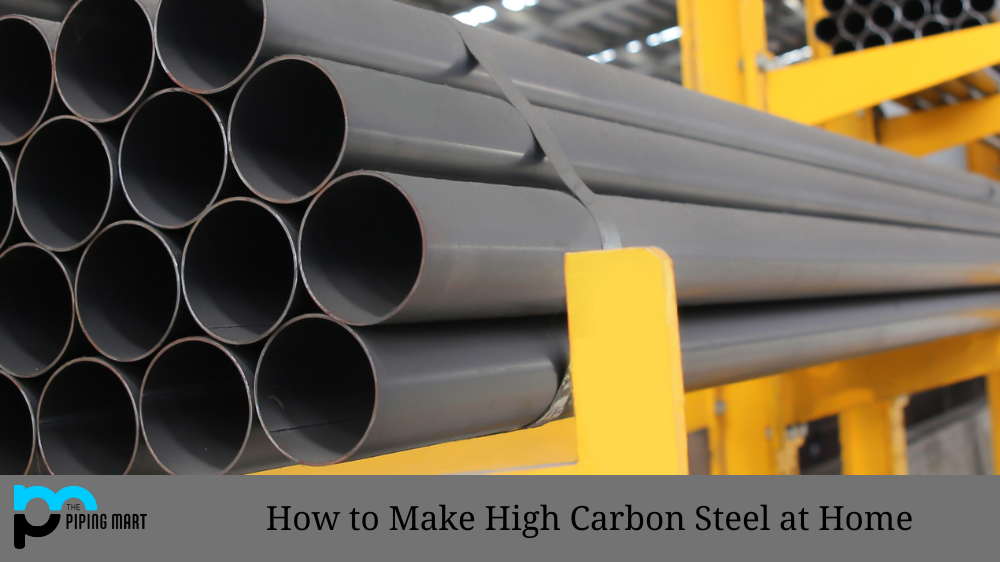Introduction to Aluminum
Aluminum is the 13th element in the periodic table and is a silvery-white metal. One surprising fact about aluminum is that it is the most common metal on the planet, accounting for more than 8% of the Earth’s core mass. It is also the third most abundant chemical element on Earth, after oxygen and silicon. Aluminum is a lightweight metal used for a variety of industrial and consumer applications. Its popularity as an industrial material is largely attributed to its versatility, strength-to-weight ratio, and cost-effectiveness. In this post, we’ll explain the aluminum manufacturing process and how it’s able to make such a wide array of products.
Methods of Manufacturing Process
Aluminum is produced in two stages: the Bayer process, which involves refining bauxite ore to produce aluminum oxide, and the Hall-Heroult process, which involves smelting the aluminum oxide to produce pure aluminum.
The Bayer Process
Aluminum production starts with bauxite, an ore composed of aluminum oxide, iron, and other metals. When bauxite is mined, it is subjected to the Bayer process, named after the Austrian chemist who invented it in the late 1800s.
Aluminum oxide must be extracted from bauxite before being used for any industrial purpose because it must be separated from any surrounding impurities before it can be processed. The bauxite is placed in a chemical solution and heated between 150 °C and 200 °C during the first stage of the Bayer process, which dissolves the aluminum oxide. The aluminum compound, in liquid form, passes through a series of filters before settling in a precipitation tank, where it begins to crystallize. The crystals are then heated in a kiln to approximately 1,100° C, yielding pure aluminum oxide.
The Hall-Heroult Process:
The Hall-Heroult process, named after the American and French chemists who developed it independently in 1886, is then used to manufacture aluminum. It is still widely used today, with only minor modifications. Because aluminum oxide contains oxygen atoms, it must be refined into pure aluminum before manufacturing. The refined aluminum oxide crystals are placed in a vat of molten cryolite, which immediately dissolves the crystals to form an electrolyte solution. A direct current enters the vat via a carbon lining and exits via a pair of carbon rods suspended above it. The electric current starts a chemical reaction that separates the aluminum from the oxygen atoms and causes it to accumulate at the bottom of the vat.
After this process, the aluminum becomes molten with a purity of 99.8%. The molten metal is then poured into a mold, cooled with water, and formed into the desired shape. As a result, industrial-grade aluminum is produced.
Aluminium Manufacturing Process
Aluminum Begins as Bauxite Ore
The first step in aluminum production is mining bauxite ore. Bauxite is a mineral found in abundance on the Earth’s surface; it is the main source of aluminum. Once mined, bauxite ore is crushed and mixed with hot caustic soda (sodium hydroxide) to form a slurry that can be filtered out. This process separates the liquid sodium aluminate from the insoluble impurities like sand and clay in the ore.
Extracting Pure Aluminum from Sodium Aluminate
From here, pure aluminum oxide — or alumina — can be extracted from the sodium aluminate solution by electrolysis. This process involves passing an electric current through two electrodes immersed in the solution; one electrode attracts positively charged ions while the other attracts negatively charged ones. By using different electrodes made of materials like graphite or carbon, different types of salts can be extracted from solutions like sodium aluminate. The electrolysis process also produces oxygen gas as a byproduct which must be safely removed before further processing can continue.
Metal Casting & Shaping
Once pure aluminum has been extracted from its source material, it can be melted down into usable forms for various applications like construction or automotive parts manufacturing. This typically involves pouring molten metal into molds pre-shaped into desired forms that cool until solidified into their final shapes. After being formed into desired shapes, castings may undergo secondary processes like machining or painting depending on their intended purpose and application.
Conclusion
So there you have a brief overview of the aluminum manufacturing process! As you can see, there are many steps involved in turning raw bauxite ore into usable products—but thanks to modern technology and innovation, these processes have been streamlined over time so that they require less energy than ever before while still producing high-quality results that meet industry standards for safety and durability! Whether you’re looking for construction materials or auto parts, understanding how your materials are made will help ensure you get exactly what you need for your project without any unexpected surprises along the way!

Pipingmart is a B2B portal that specializes in metal, industrial and piping items. Additionally, we share the latest information and information about materials, products and various types of grades to assist businesses that are involved in this business.




